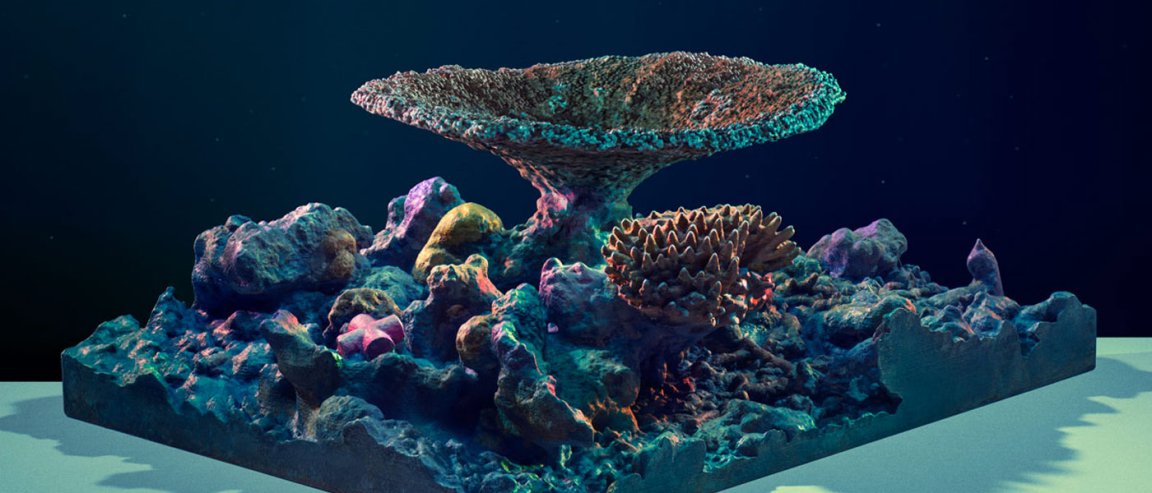
STICK FOR LIFE
Some 3D printing trends may come and go, but this latest effort—much like Fred the tortoise’s new shell—is sure to stick for life. The trend we’re referring to is 3D-printed corals.
Coral reefs, as we all learned in science class, are remarkably important. They contain the most diverse ecosystems on Earth, and they also protect coastlines from waves and tropical storms, among other things. Sadly, coral reefs are in danger of disappearing, thanks to the combination of diseases, and damage that is caused by climate change, pollution, and other human acitivies
Such is the case in the Caribbean Island of Bonaire, which is turning to additive manufacturing for help to preserve the region’s fragile coral reefs.

3D-PRINTED REEFS
The island’s Harbour Village Beach Club has teamed up with ocean preservationist Fabien Cousteau to bring the 3D printing technology to Bonaire’s coasts. Cousteau is the grandson of the late oceanographer Jacques Cousteau, who made scuba diving possible.
For this project, the younger Cousteau will help the island plan and print pieces of artificial coral that will bear the same shape, texture, and even chemical makeup of organic corals to attract floating baby coral polyps and other species that rely on coral reefs for protection, including algae, crabs, and other fish species.
“This technology is less labor-intensive than current coral restoration processes, creating a larger impact in a shorter amount of time,” Cousteau told the Caribbean Journal.
This isn’t the first time that 3D printing has been used to save the threatened coral reefs. In 2012, Australian organization Reef Design Lab implanted the first artificial reef using low carbon footprint sandstone material in Bahrain’s Reef Arabia.
“We can achieve a very ‘organic’ appearance, and produce far greater complexity, caves and tunnels compared to traditional moulding techniques—this can translate to greater biodiversity and biomass,” RDL said in its website.